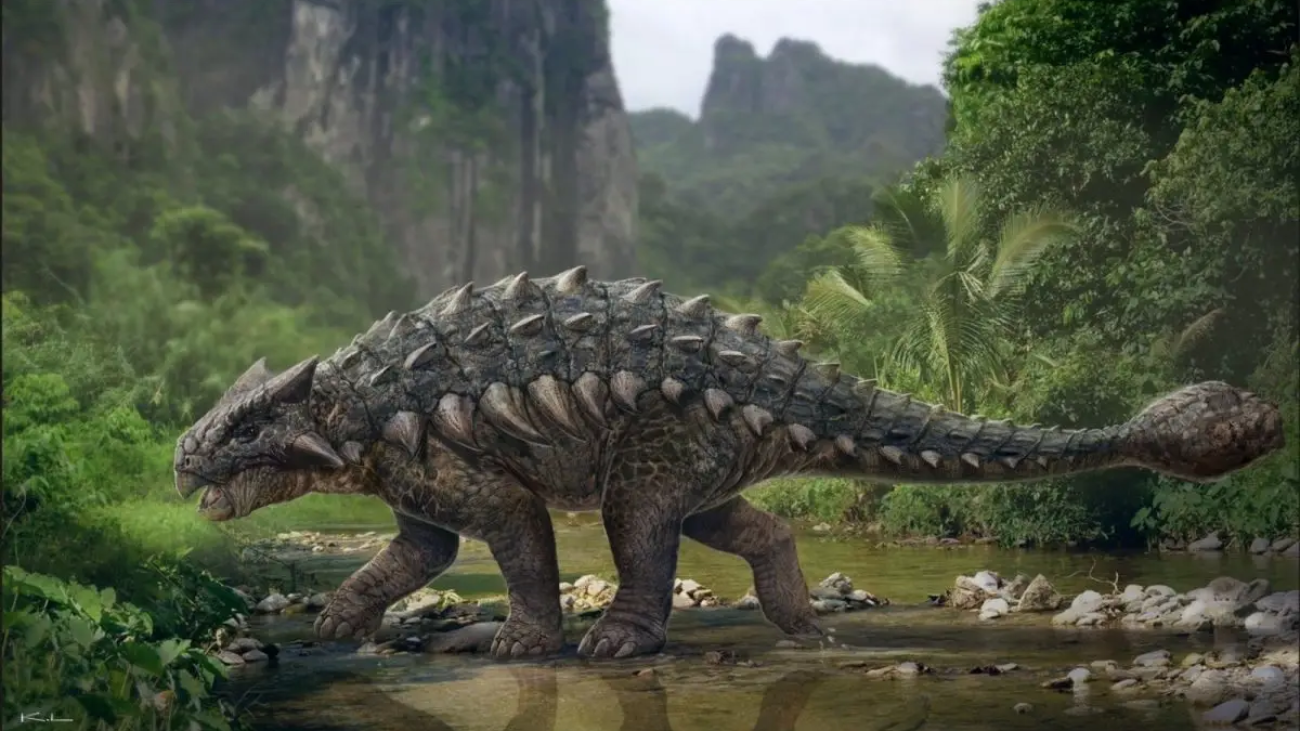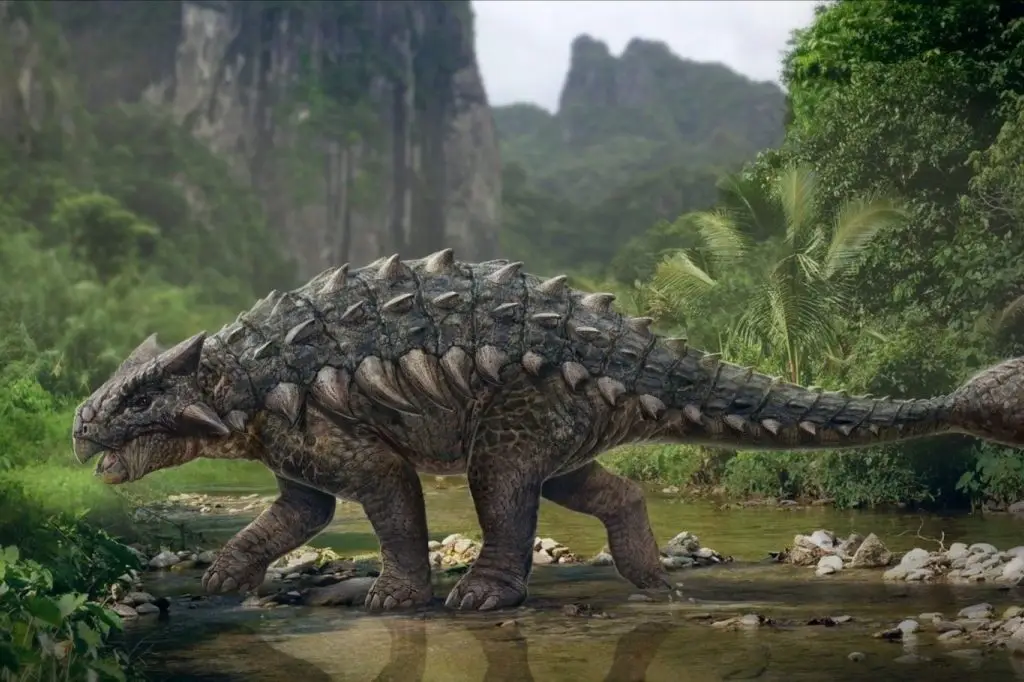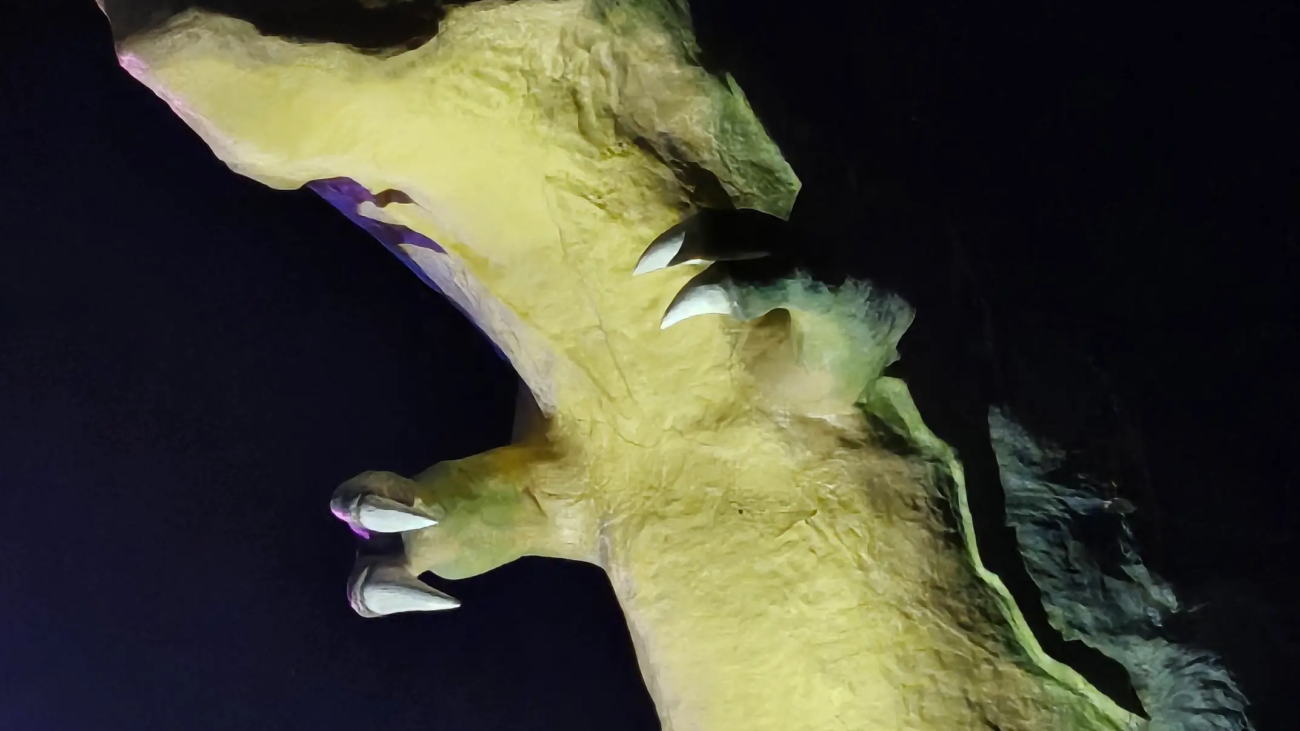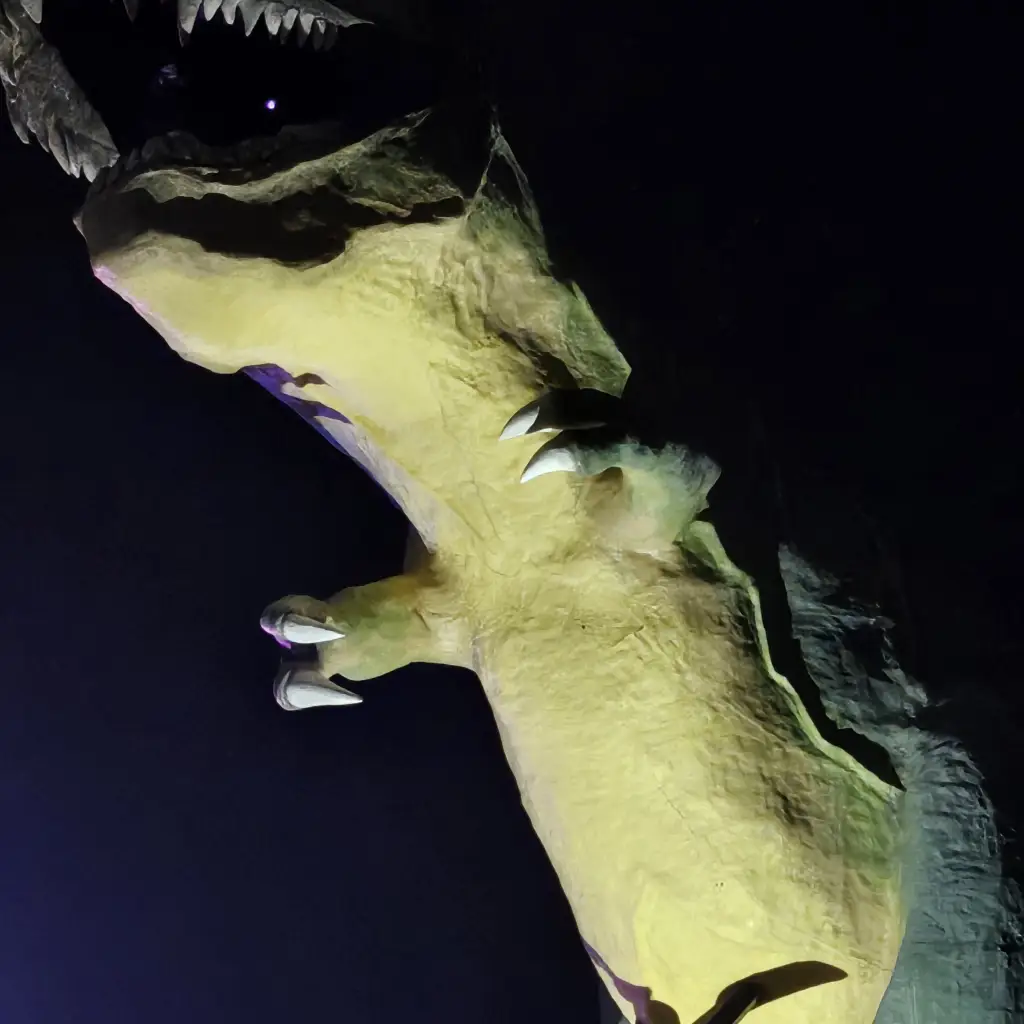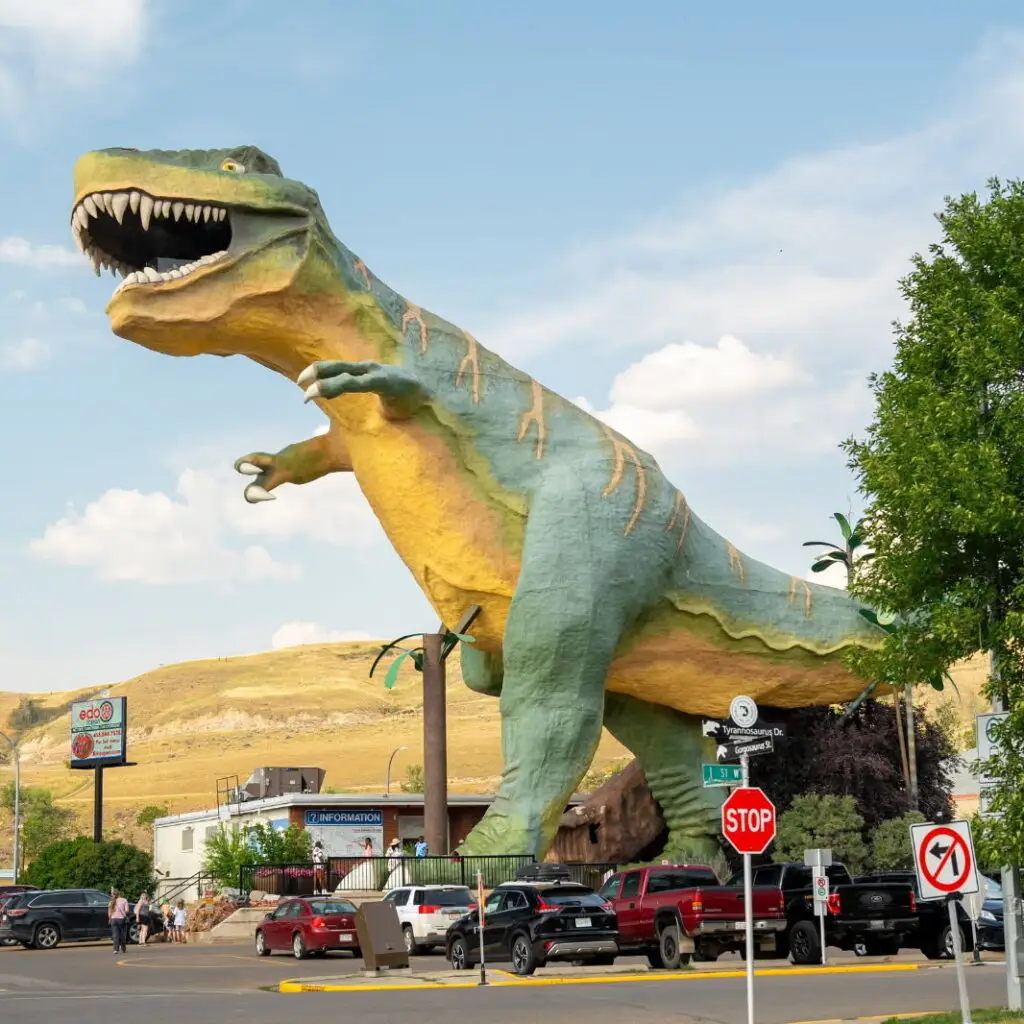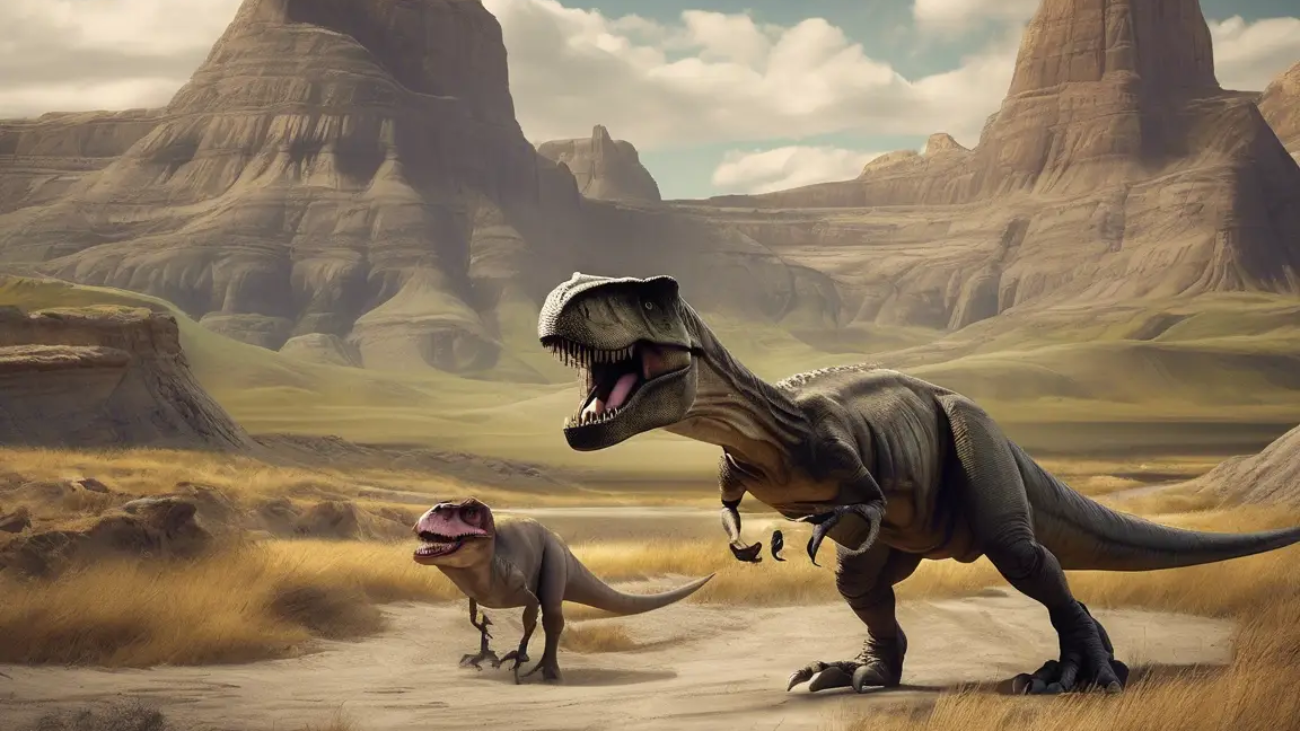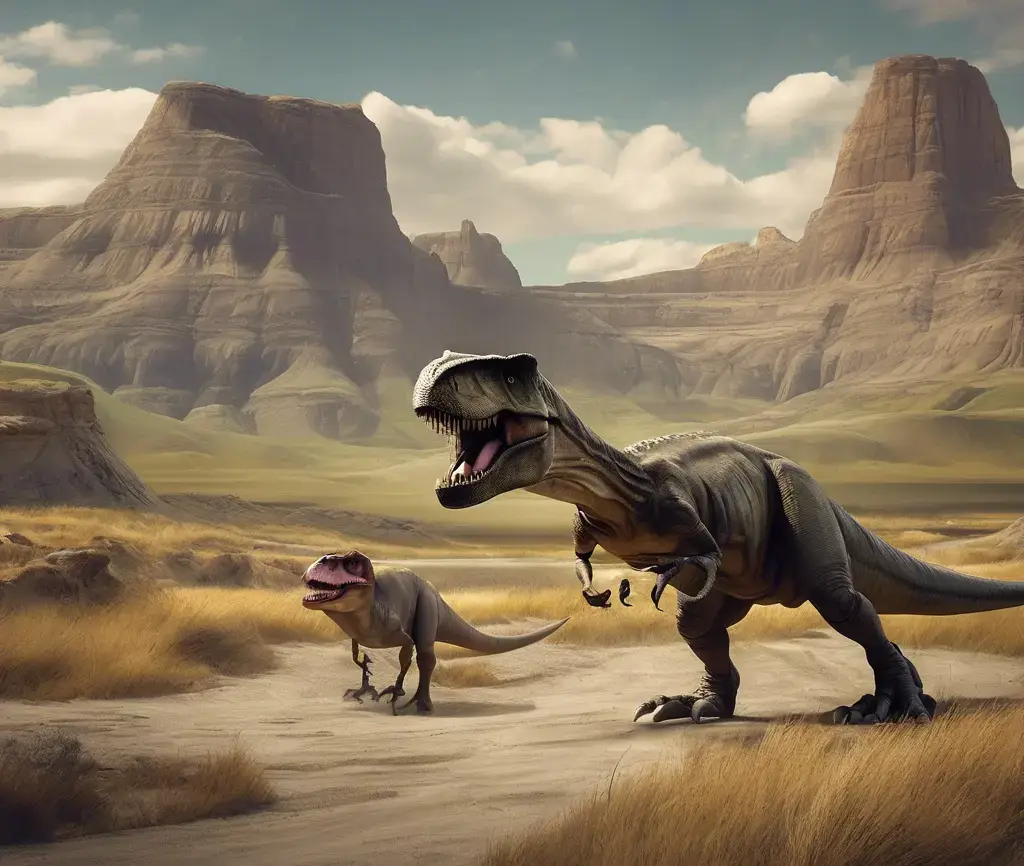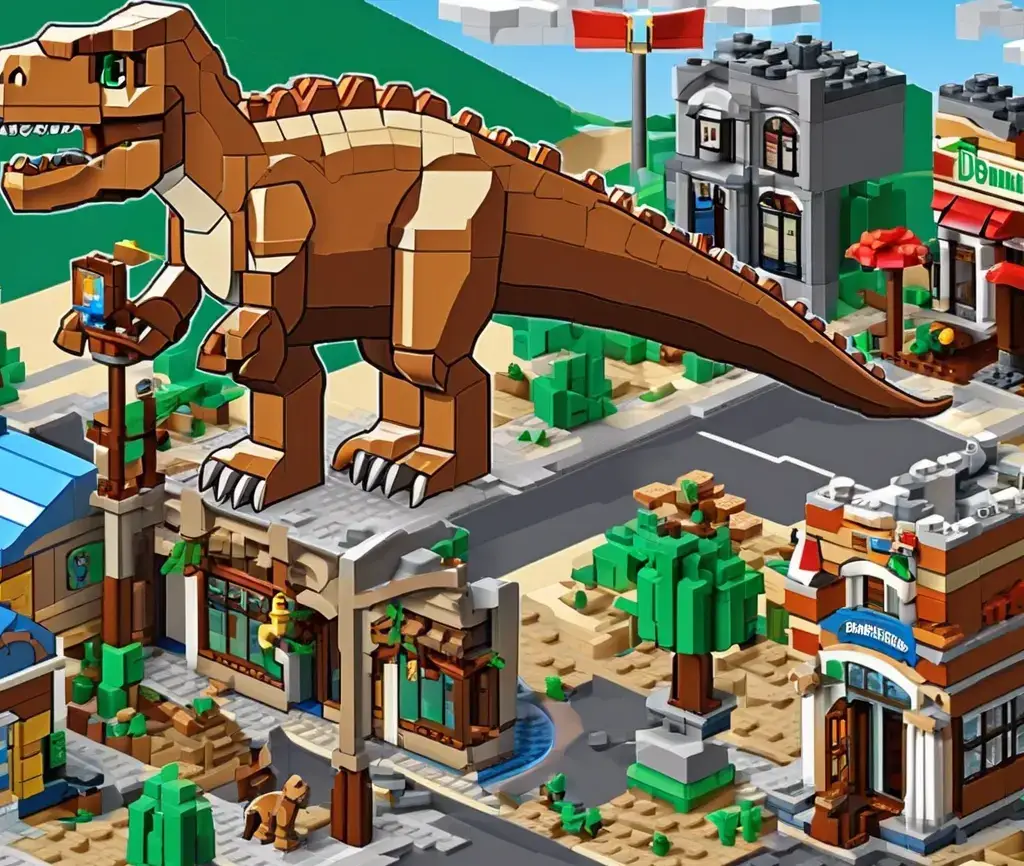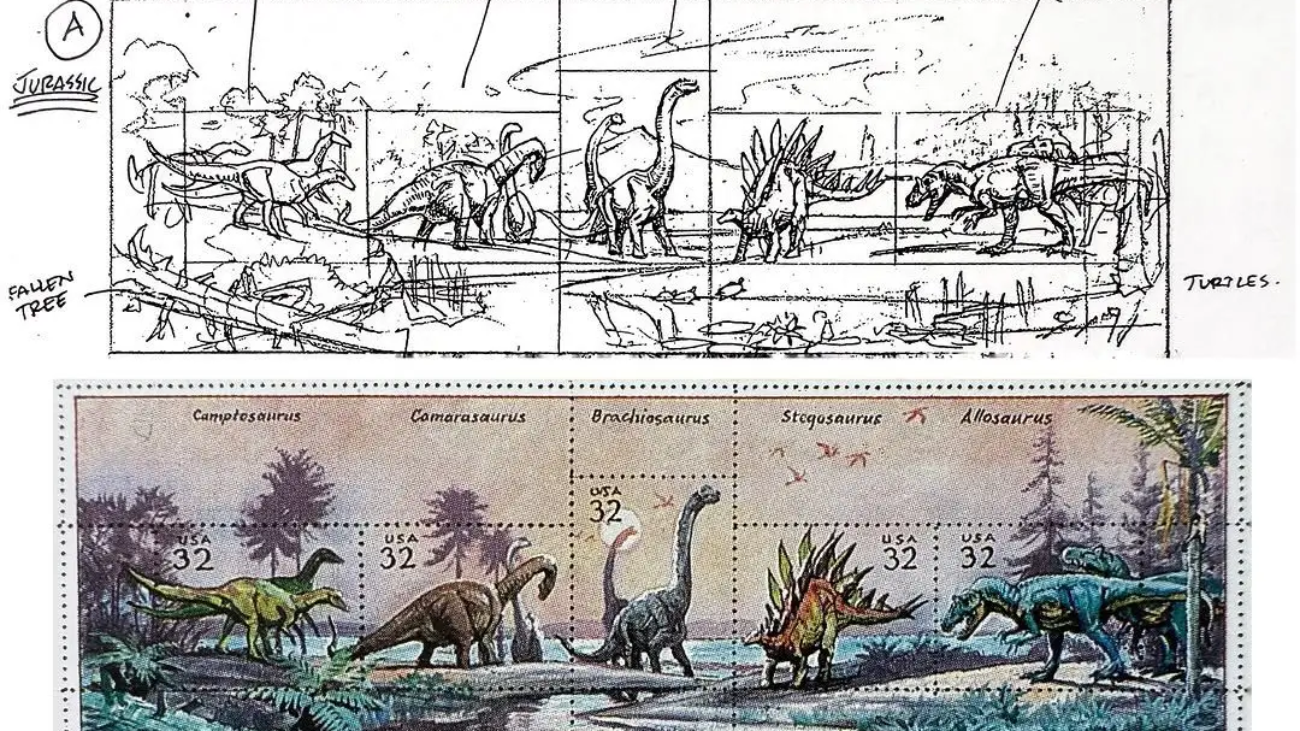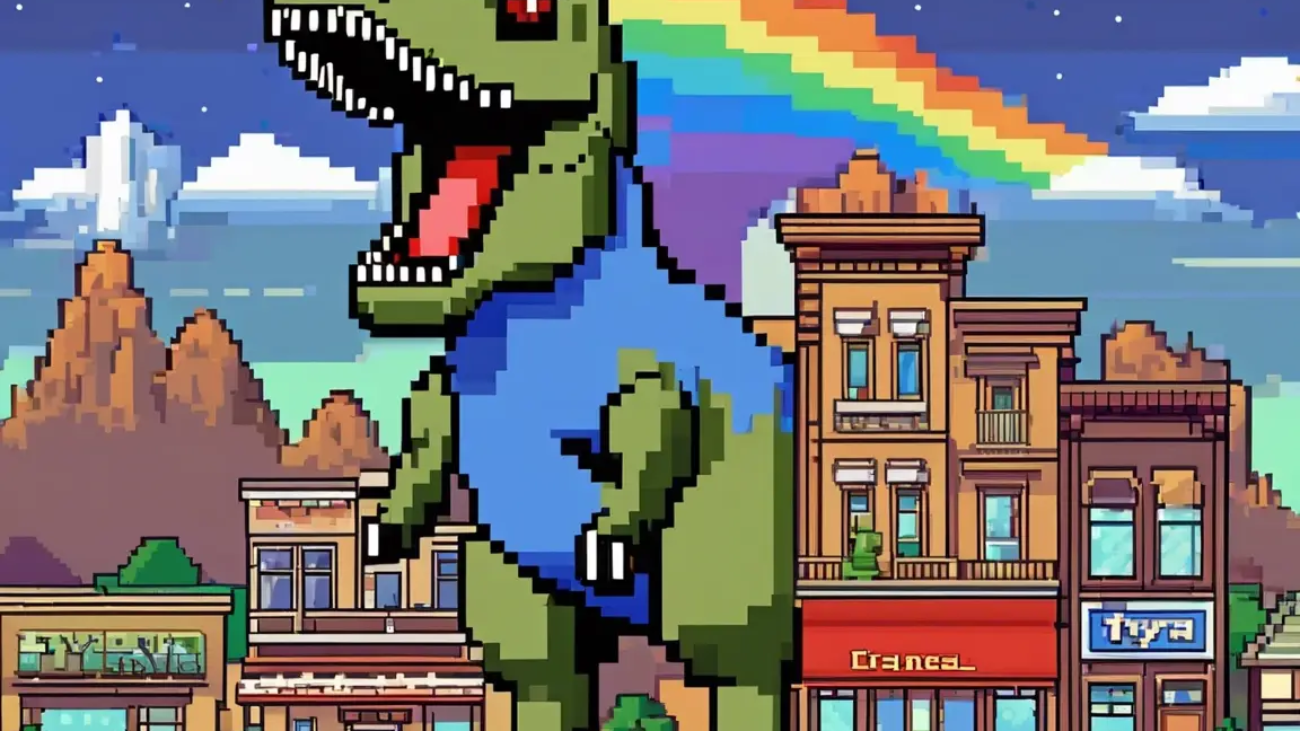Spinosaurus: The Swimming Dino with a Sail
AJ
Your Blog Name
Discover Spinosaurus’ aquatic life, giant sail, and T. Rex rivalry in this splashy prehistoric tale.
Take a moment to picture a dinosaur that didn’t just rule the land but conquered the water too—a towering predator with a sail slicing through rivers like a shark’s fin. That’s Spinosaurus, a Cretaceous marvel that swam its way into history 95 million years ago across what’s now North Africa. Forget the stomping stereotype; this was a dino that paddled, dived, and hunted in ways we’re still wrapping our heads around. It’s got a snout full of teeth, claws like hooks, and a backstory wilder than a Hollywood script. Let’s plunge into the swampy depths of Spinosaurus and see why it’s the wettest, weirdest giant the Mesozoic ever unleashed.
A Sail That Stole the Show
Towering Over the Rest
Spinosaurus didn’t mess around with subtlety—its back sprouted a sail that soared up to 6 feet high, a fan of bony spines called neural arches jutting straight up from its vertebrae. Imagine it standing on a muddy bank, that sail catching the sun like a prehistoric billboard, announcing its presence to everything in sight. This beast stretched 50 feet from snout to tail, sometimes more, and weighed anywhere from 7 to 20 tons—longer than T. Rex, if not quite as bulky. Fossils dug up in Morocco and Egypt’s Kem Kem Beds show a creature that dominated its landscape, that sail making it a landmark in a world of rivers and jungles. It wasn’t just big; it was impossible to miss, a towering testament to nature’s flair for the dramatic.
What Was It For?
So why the sail? Scientists have been tossing ideas around like kids with a beach ball. One theory says it soaked up sunlight to warm its blood, a solar boost for chilly mornings in a cold-blooded body. Another suggests it dumped heat, keeping Spinosaurus cool under the blazing North African sun—a built-in AC unit. Then there’s the show-off angle: maybe it flashed bright colors or patterns to attract mates or spook rivals, like a peacock strutting its stuff. Some even think it doubled as armor, those thick spines deflecting bites from other big predators. Fossils show they were sturdy, not flimsy, so it could’ve been all of the above—a multitasking marvel that turned Spinosaurus into the rockstar of its watery turf.
Built for the Water
Paddling Like a Pro
Spinosaurus wasn’t your average land-lubbing dinosaur—it’s the first dino we’ve got solid proof could swim. Its feet were broad and flat, perfect for pushing through water, and its bones were denser than most dinos’, suggesting it sank easily to hunt below the surface. Picture it gliding through a murky river, tail swishing like an alligator’s, while land predators like Allosaurus kicked dust on the shore. Fossils from Tunisia and Morocco reveal a body made for this—long arms with curved, hook-like claws for grabbing slippery prey, and a tail that flexed side to side, propelling it faster than a modern croc, according to 2020 studies. It didn’t just wade; it owned the water, a swimming champ in a league of its own.
A Snout for Snagging
That snout was a masterpiece—18 inches long, narrow as a spear, and lined with conical teeth that gripped like a vice. Unlike slashing teeth for tearing meat, these were built to snag and hold, perfect for fishy meals. Fossils show tooth marks on ancient fish bones, and one Spinosaurus jaw even had a sawfish barb stuck in it—talk about a mid-meal mishap! Its nostrils perched high on its snout, letting it breathe while mostly submerged, a bit like a snorkeling pro. It likely lurked near the surface, snapping up lungfish, sharks, or anything dumb enough to swim close. This wasn’t a chase-down hunter; it was a patient trapper, grinning from the depths.
Hunter of Land and Sea
Fish Feast or Dino Duel?
Spinosaurus had a serious seafood obsession—its teeth and snout scream “fish-eater,” and chemical tests on its bones back that up, showing a diet packed with aquatic goodies like 10-foot coelacanths or chunky lungfish. But it wasn’t above a land snack. Imagine it dragging a young sauropod into the shallows, claws sinking in like a croc with a zebra. That sail might’ve lured curious prey close, only to meet a watery end. It ruled both worlds—rivers and banks—snagging fish one minute, ambushing dinos the next. Fossils hint at versatility; some teeth show wear from tougher bites, suggesting it wasn’t picky when hunger struck. This was a predator that played every angle, a double-threat king.
The T. Rex Rivalry Myth
Thanks to *Jurassic Park III*, we’ve got this image of Spinosaurus snapping T. Rex’s neck in a blockbuster brawl, but hold up—they never met. Spinosaurus ruled the mid-Cretaceous, 95 million years ago, while T. Rex strutted in 30 million years later. In its own time, Spinosaurus squared off with Carcharodontosaurus, a land-based beast with jaws like a butcher’s cleaver. Fossils show scratched bones and broken teeth, signs of epic turf wars. Spinosaurus might’ve used water as its ace, luring rivals into the deep for a soggy beatdown. No T. Rex showdown, but a real-life clash that’d make any movie jealous.
A Life in the Swamp
River King of North Africa
Spinosaurus lived in a steamy, swampy wonderland—think ancient Nile vibes with rivers winding through jungles and deltas. Its fossils come from Morocco’s Kem Kem Beds and Egypt’s Bahariya Formation, packed with fish skeletons, croc jaws, and turtle shells. It paddled alongside 20-foot sawfish and giant stingrays, while pterosaurs wheeled overhead and sauropods munched on shore. Babies probably stuck to shallow pools, nabbing minnows with tiny jaws, while adults claimed deep channels, their sails breaking the water like dorsal fins. It was a noisy, splashy life—grunts, ripples, and the occasional snap of a kill echoing through the green.
Growing into Greatness
Hatchlings were pint-sized—3 or 4 feet long—with sails just sprouting. They grew fast, piling on pounds to hit 30 feet by their teens, that sail stretching taller each season. Bone growth rings show a life of 15 to 20 years, maybe more, each year adding bulk and battle scars. Fossils reveal cracked spines or bitten tails—proof they fought to keep their river thrones. Juveniles dodged bigger threats like Carcharodontosaurus, learning to swim and strike before ruling as adults. It was a climb from tiny tadpole to aquatic titan, every splash a step up.
Rediscovered and Reimagined
Lost and Found
Spinosaurus first hit the scene in 1915, named by Ernst Stromer from Egyptian fossils—until World War II turned those bones to rubble in a Munich bombing. For decades, it was a ghost, pieced together from drawings and scraps. Then came the 2000s—new finds in Morocco, led by folks like Nizar Ibrahim, hauled up jaws, claws, and a near-complete tail from desert sands. A 2014 study flipped the script, proving it swam, and 2020 tail fossils sealed the deal. Now it’s a museum star, from Chicago’s Field Museum to Casablanca displays, a dino that keeps rewriting its own legend.
A Watery Legacy
Spinosaurus isn’t a direct bird ancestor, but its croc-like vibes live on in modern gators and herons—hunters that blur land and water lines. Its sail and swim style show dinosaurs weren’t just land kings; they splashed into new frontiers. Each fossil tweaks our picture—maybe it dove deeper, hunted bigger, or strutted more than we know. It’s a prehistoric puzzle, a watery weirdo that proves the Mesozoic was wilder than we ever dreamed, leaving us hooked on its next surprise.
Spinosaurus didn’t just hunt—it swam, sailed, and stunned. From North Africa’s rivers to museum halls, it’s the dino that dove out of the norm, a splashy giant we’ll never forget.



